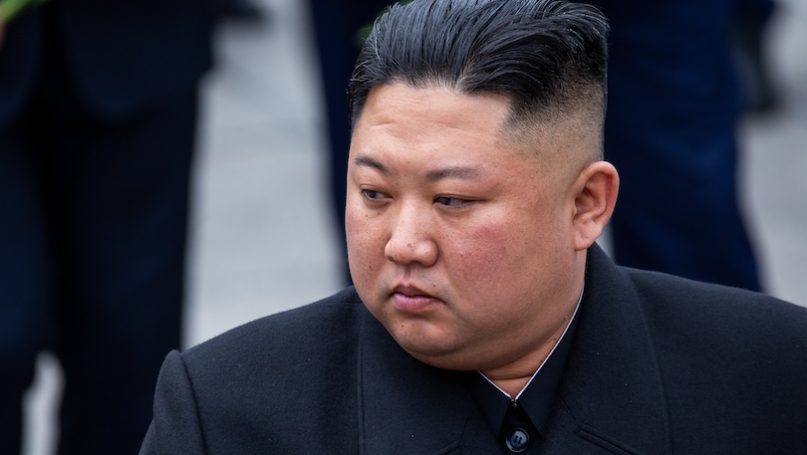
This case study is an excerpt from McGlinchey, Stephen. 2022. Foundations of International Relations (London: Bloomsbury).
In June 2018 a much anticipated US-North Korea agreement pledging peace and the denuclearisation of the Korean Peninsula was signed by Chairman Kim Jong-Un and President Donald Trump at a summit in Singapore. However, the Agreement soon faltered, and a second summit was held in Vietnam in February 2019. Mr Kim travelled to the Vietnam summit via train, a journey that would take up to 60 hours and involve multiple stops thereby creating high media exposure. The unusually high degree of coverage for Kim outside the borders of North Korea was not only of interest to a watching world, it was also of strategic interest to the National Intelligence Service of South Korea. The train journey from Pyongyang to Hanoi created opportunities for a forensic examination of images of Kim by the National Intelligence Service in order to gain insights into his health.
Methods employed by the National Intelligence Service included several techniques derived from prominent cultural practices in South Korea and neighbouring states that would be considered unorthodox by Western states. Specifically, they worked with palm-readers to analyse images of Kim’s hands in order to determine his lifespan, and with experts in physiognomy to gain insights into his character and fortune by reading Kim’s facial features (Bong 2019).
Both practices are linked to a broad array of cultural phenomena associated with shamanism, where human agents (shamans) control or cooperate with spiritual entities or forces to gain insights beneficial to the community. Shamanism is considered to be ‘the enduring core of Korean religious and cultural thought, exercising a profound influence on the development of Korean attitudes and behaviours as well as cultural practices’ (Kim 2005). Even Christianity, which is more prominent in South Korea in contrast to other East Asian states, has only succeeded via a protracted negotiated cultural settlement with shamanism. Shamanistic practice has also adapted to Korea’s shifting power alliances, such as the dominant presence of US interests in East Asia since the 1950s following the Korean War of 1950–53.
Placed in this dynamic cultural context, the actions of the National Intelligence Service seem less controversial than they might first appear. Physiognomy, for instance, remains widely practised in Korea and thus the elements of culture previously considered in this chapter can help us better understand these attempts to study Kim Jong-Un’s character via physiognomic readings.
A connection can be drawn to the first element of culture from figure 12.1 – the binding experiences of common life. State security entities like the National Intelligence Service are mandated to safeguard the national community that they serve. We might think of this securitised space as a culture-free zone, however, viewed through a lens such as constructivism, with an emphasis on the role of identity and values in shaping political action, strategic action can be understood by regarding the National Intelligence Service as an agent of Korean cultural values (normative structures) and Korean cultural identity, including shamanistic identity.
The second element of culture as symbols and stories of collective identity takes us deeper into understanding the National Intelligence Service’s methodology. An emphasis on strategic culture – defined as the differing security preferences of states as actors that ‘are influenced to some degree by the philosophical, political, cultural, and cognitive characteristics of the state and its elites’ (Johnston 1995) – interprets the specific actions of palm and face reading as attempts to gain a strategic advantage over its rival via the forensic deployment of cultural practices. The National Intelligence Service might act like a state security bureaucracy similar to its Western allies in every other sense, and certainly will attempt to produce data that is transferrable across all cultural contexts (e.g. Kim’s lifespan in years or his psycho-social temperament), but the modes through which some strategies are undertaken might also be understood as uniquely derived from the deep roots of Korean culture. The same could be said of other, if not all, states if culture is to be considered an influence on strategic practice.
Finally, it could be argued that Shamanistic practice sits within the elements of culture and religion as we have previously described, by understanding the National Intelligence Service’s strategic method as dependent on encounter (via the shaman), the reading of signs through cultural practices (to produce shamanistically-derived knowledge), and the upholding of ideas and interests (in the politico-spiritual service of the state and national community).